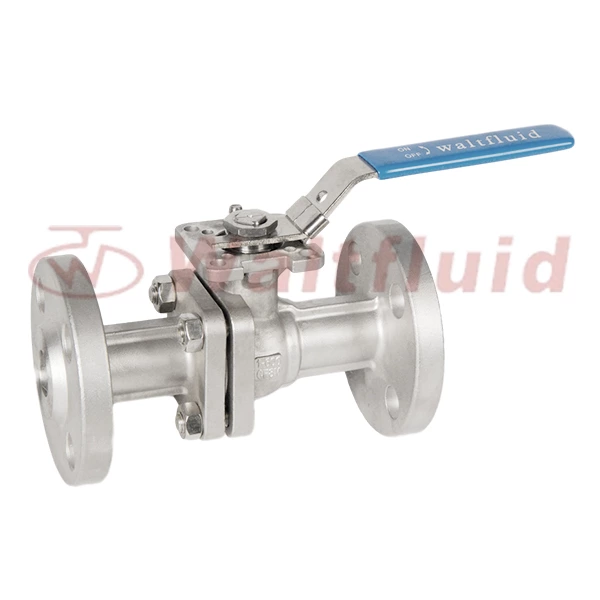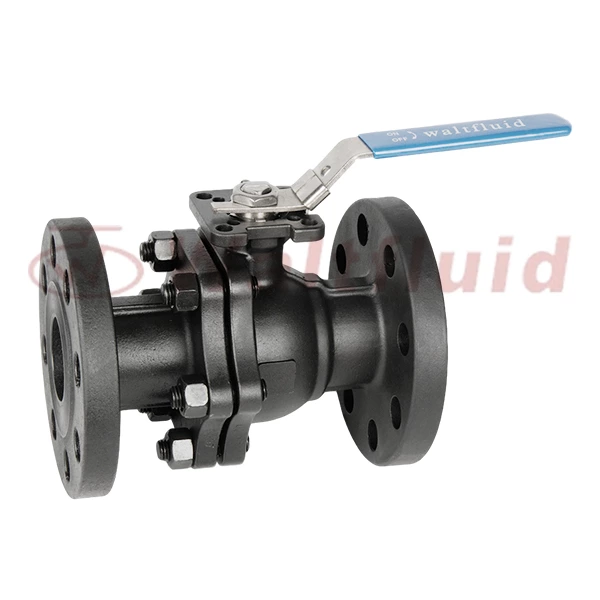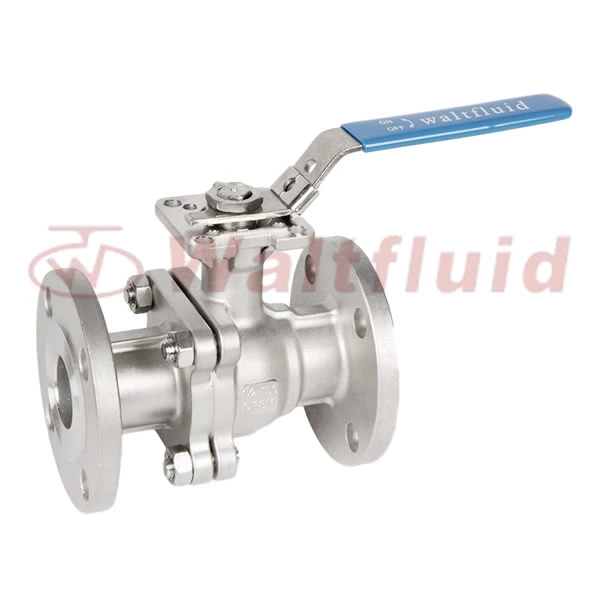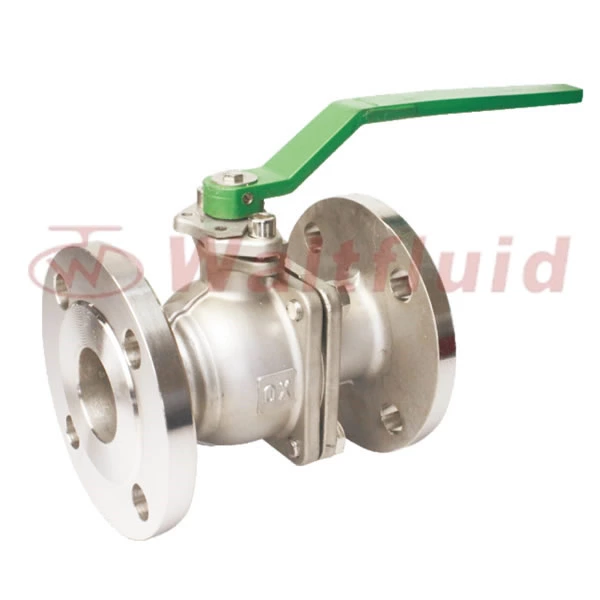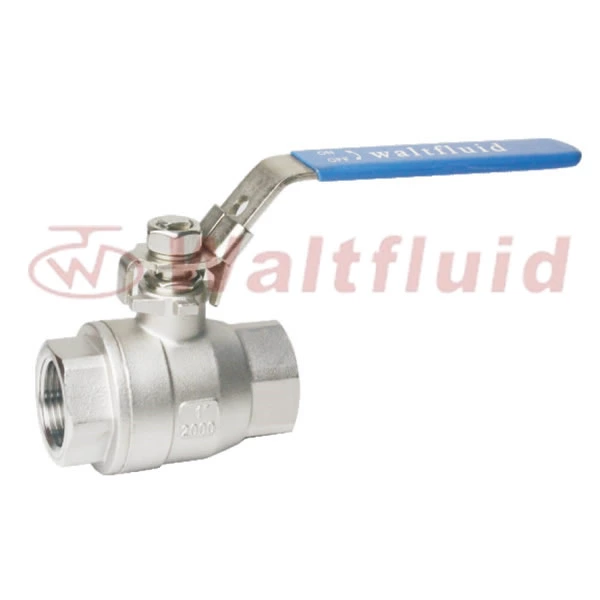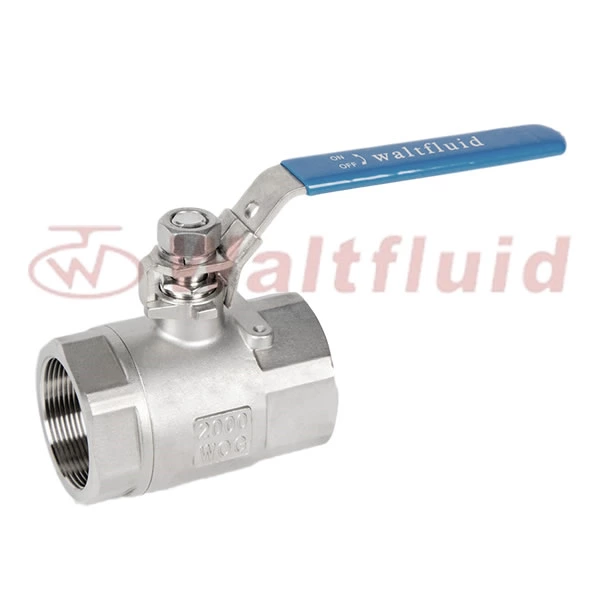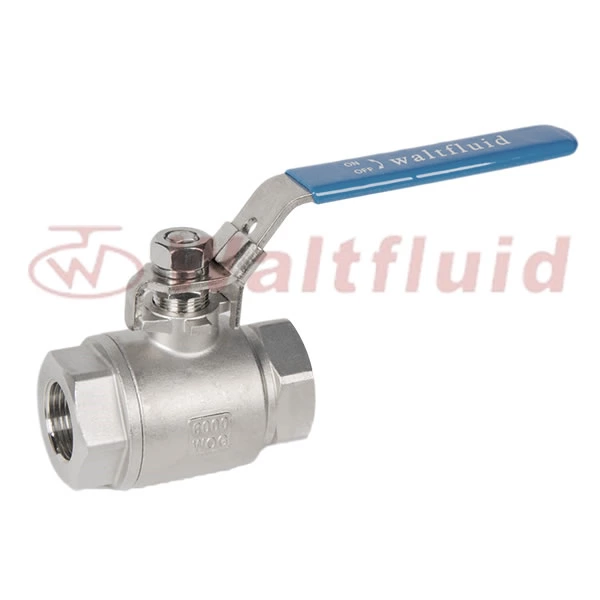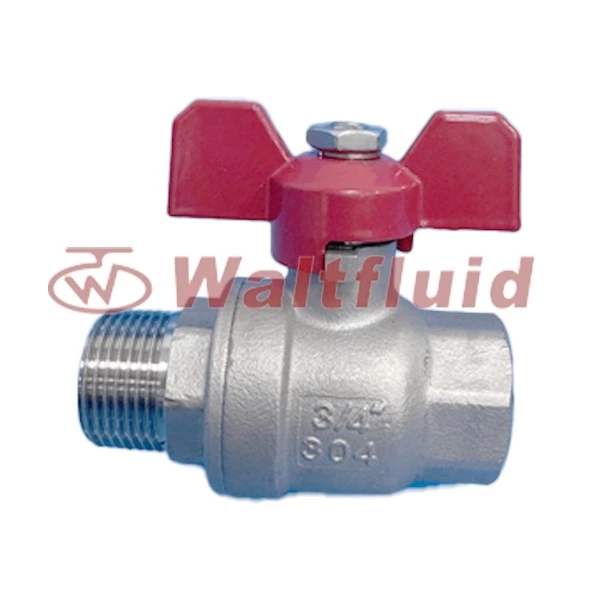Basic Knowledge Of Ball Valves And Understanding Of Corresponding Ball Valve Models
2 Piece Ball Valve, defined in the standard GB/T21465-2008 "Valve Terminology" as: a valve in which the opening and closing part (ball) is driven by the valve stem and rotates around the axis of the valve stem. It is mainly used to cut off or connect the medium in the pipeline, and can also be used for fluid regulation and control. Among them, the hard-sealed V-type ball valve has a strong shear force between its V-type ball core and the metal valve seat of hard alloy surfacing, which is particularly suitable for media containing fibers, tiny solid particles, etc. The multi-way ball valve can not only flexibly control the confluence, diversion, and flow direction switching of the medium on the pipeline, but also close any channel and connect the other two channels. This type of valve should generally be installed horizontally in the pipeline. Ball valve classification: pneumatic ball valve, electric ball valve, manual ball valve.
For fast opening and closing, ball valve is not a good choice. Generally, the opening and closing time of electric ball valves is controlled between 7-50S, generally more than 30 seconds, which is relatively slow. At present, our ball valve can fully open for 45 seconds, a total of 90°, that is, two degrees per second. This control flow is still very accurate. The only regret may be that it can only provide signal feedback for two positions: fully open and fully closed! !
Ball valve selection principles:
1. For the main pipelines of oil and natural gas transmission, pipelines that need to be cleaned, and pipelines that need to be buried underground, choose ball valves with full-bore and fully welded structures; for those buried on the ground, choose ball valves with full-bore welded connections or flange connections; for branch pipes, choose flange connections, welding connections, full-bore or reduced-bore ball valves.
2. For the pipelines and storage equipment of finished oil, choose ball valves with flange connections.
3. For city gas and natural gas pipelines, choose floating ball valves with flange connections and internal thread connections.
4. In the oxygen pipeline system in the metallurgical system, it is advisable to use fixed ball valves with strict degreasing treatment and flange connections.
5. For the pipeline system and equipment of low-temperature media, it is advisable to use low-temperature ball valves with valve covers.
6. For the piping system of the catalytic cracking unit of the oil refining unit, a lifting rod ball valve can be selected.
7. For the devices and piping systems of corrosive media such as acid and alkali in the chemical system, it is advisable to use a full stainless steel ball valve made of austenitic stainless steel and with polytetrafluoroethylene as the valve seat seal ring.
8. For the piping systems or devices of high-temperature media in metallurgical systems, power systems, petrochemical devices, and urban heating systems, metal-to-metal sealed ball valves can be selected.
9. When flow regulation is required, a worm gear-driven, pneumatic or electric regulating ball valve with a V-shaped opening can be selected.
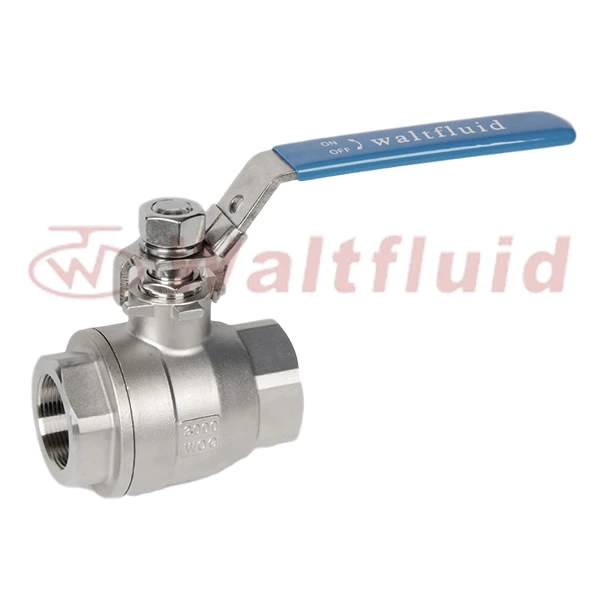
 English
English 中文
中文 Pусский
Pусский  Español
Español
